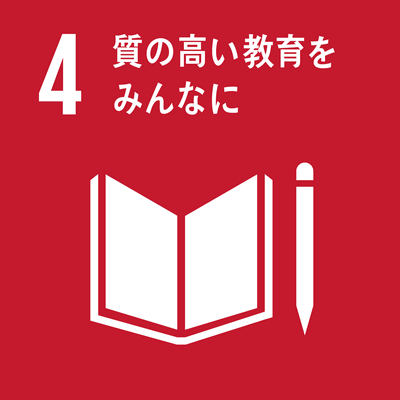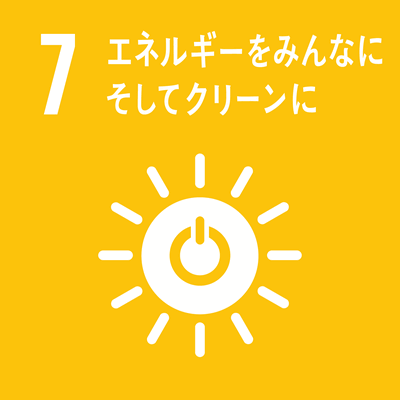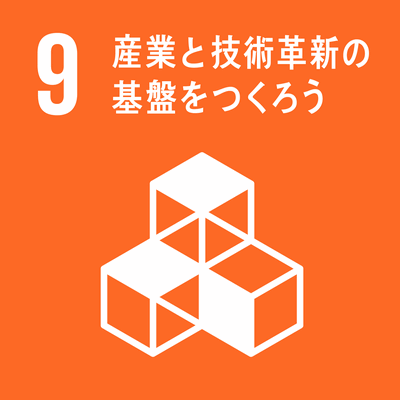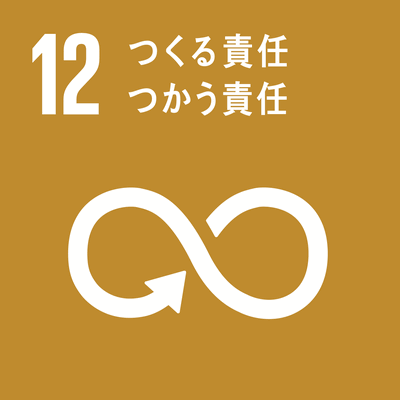シラバス表示
シラバスの詳細な内容を表示します。
→ 閉じる(シラバスの一覧にもどる)
科目の基本情報
| 開講年度 | 2024 年度 | |
|---|---|---|
| 開講区分 | 工学研究科(博士前期課程)電気電子工学専攻 | |
| 領域 | 主領域 : E; 副領域 : F | |
| 受講対象学生 |
大学院(修士課程・博士前期課程・専門職学位課程) : 1年次 |
|
| 選択・必修 | 選択 |
|
| 授業科目名 | 電子デバイスプロセス設計PBL演習 | |
| でんしでばいすぷろせすせっけいぴーびーえるえんしゅう | ||
| Problem Based Learning Seminar in Electronic Device Process Design | ||
| 単位数 | 2 単位 | |
| ナンバリングコード | EN-EMAT-5
|
|
| 開放科目 | 非開放科目 | |
| 開講学期 |
前期 |
|
| 開講時間 |
木曜日 9, 10, 11, 12時限 |
|
| 授業形態 |
対面授業 * 状況により変更される可能性があるので定期的に確認して下さい
「オンライン授業」・・・オンライン会議ツール等を利用して実施する同時双方向型の授業 |
|
| 開講場所 | 別途連絡する。 To be specified separately. |
|
| 担当教員 | 佐藤 英樹(工学研究科電気電子工学専攻) | |
| SATO, Hideki | ||
| 実務経験のある教員 | 【教員名】 佐藤 英樹 【実務経験】半導体製造装置・真空機器メーカーにおいて開発業務に従事 【講義内容との関連性】実務経験より得た知識,技術等を活かして,実務における本講義内容の知識の活用法に関する指導を行う。 [Name of instructor] SATO, Hideki [Work experience] Development of thin film deposition systems for semiconductor device manufacturing processes in a vacuum equipment manufacturer. [Relevance to the lecture content] Based on the knowledge and skills acquired from practical experience, the instructor will give the lecture how the knowledge gained from the lecture can apply in practical work. |
|
| SDGsの目標 |
|
|
| 連絡事項 | * 状況により変更される可能性があるので定期的に確認して下さい |
|
学修の目的と方法
| 授業の概要 | 半導体集積回路や液晶ディスプレイなどの電子デバイスの製造プロセスは、ナノスケールの膜厚を持つ極めて薄い膜を高品質に形成する技術、すなわち薄膜作製技術により成り立っているといっても過言ではない。さらにこれらのプロセスでは,形成した薄膜を必要な形状にエッチングする技術,および形成した薄膜を評価する技術が不可欠である。 本演習では、最先端電子デバイス製造プロセスを理解する上で基礎となる気体分子運動論、表面物性工学、真空工学について概観し、これらを応用した各種成膜技術(蒸着、スパッタリング、CVDなど)、ドライエッチング技術、薄膜表面分析・評価技術について理解する。 (Course description/outline) Fabrication processes for electronic devices, such as semiconductor devices and liquid crystal displays, largely depend on various thin film deposition techniques that enables formation of high-quality thin films with nanosized thicknesses. These processes also require techniques to etch the thin films with required patterns and techniques to evaluate thin films. This course will review the kinetic theory of gases, the surface and interface engineering and the vacuum engineering, which are fundamentals to understand the latest fabrication processes for electronic devices. Then this course will focus on the science of various thin film deposition techniques such as thermal evaporation, sputtering, and chemical vapor deposition in detail. Further, dry-etching technology and various thin film evaluation methods are also introduced in this course. |
|---|---|
| 学修の目的 | ・電子デバイスプロセスの概要について理解する。 ・真空技術、表面物性工学、薄膜工学について理解する。 ・上記の知識を、ナノエレクトロニクス研究や先端電子材料研究などで応用できるようになる。 (Learning objectives) The goal of this course is to understand, - overview of electronic device fabrication process, - vacuum engineering, surface and interface engineering, and thin film engineering, - how to apply these knowledge to studies on nanoelectronics and electronic materials. |
| 学修の到達目標 | 電子デバイスプロセス設計に関連する下記の各事項について、輪講形式の英語文献購読により理解する。さらにこれらに関する専門用語を含む英語文献を理解する力を養う。 (1)電子デバイスプロセスの概要 (2)真空技術 (3)表面物性工学 (4)薄膜形成技術 (5)薄膜評価技術 (6)各種薄膜材料(金属、半導体、絶縁体)とそれらの応用 (7)ドライエッチング技術 (8)先端薄膜材料及びナノ材料 (内容については、変更になる場合もあります) (Achievements) This course will be provided by a seminar style using English literature regarding the following things. (1) An overview of fabrication processes of electronic devices (2) Vacuum engineering (3) Surface and interface engineering (4) Thin film deposition engineering (5) Evaluation methods of thin films (6) Application of thin films (7) Dry etching technology (8) State-of-the-art thin film materials and nanomaterials The students should be able to understand these through the seminar and should have reading comprehension of technical material on the topics shown above. (The contents may be subject to change.) |
| ディプロマ・ポリシー |
|
| 成績評価方法と基準 | 受講態度およびレポートにより評価を行う。なお、5回以上欠席した場合は原則として不合格とする。 (Grading policies and criteria) The grade will be decided based on attitude in classes, reports and attendance. Absence from class more than or equal five times without due reason results in a fail in grade. |
| 授業の方法 | 演習 |
| 授業の特徴 |
教員と学生のやり取りは日本語でも、英語による論文や教材の講読を含んだ授業 |
| 授業アンケート結果を受けての改善点 | 授業時に随時、意見を聞き、授業内容に反映させる。 (Ideas for improving classes) Improvement of course has been made as needed based on feedback from students. |
| 教科書 | 教科書については授業開始時に指定する。 (Textbook) To be announced in the class. |
| 参考書 | |
| オフィスアワー | 随時対応 場所:電気電子棟1階 1112室 電子メール:sato@elec.mie-u.ac.jp (Office hour) At anytime as requested. Office: Electrical&Electronic Eng. Bldg., Room 1112 E-mail: sato@elec.mie-u.ac.jp |
| 受講要件 | 特になし (Prerequisites) N/A |
| 予め履修が望ましい科目 | 熱力学, 電磁気学, 量子力学, 統計力学, 半導体工学 (Courses encouraged to take in advance) Thermodynamics, Electromagnetism, Quantum mechanics, Statistical mechanics, Physics and technology of semiconductor |
| 発展科目 | |
| その他 |
英語対応授業である。 (This course is English-supported.) |
授業計画
| MoodleのコースURL |
|---|
| キーワード | 電子デバイスプロセス、薄膜、真空、表面 |
|---|---|
| Key Word(s) | Electronic device fabrication process, Thin film, Vacuum, Surface |
| 学修内容 | 「学習の到達目標」の項で列挙した事項に関する英語文献を,輪講形式で購読する。 (Course contents) This course will be provided by a seminar style using English literature regarding the contents shown in the "Achievements" in this course. |
| 事前・事後学修の内容 | テキストの内容を事前に予習しておくこと。 (Contents for pre and post studies) Students who take this course are required to read the textbook and to understand the contents in advance. |
| 事前学修の時間: 事後学修の時間: |



